别名:FMLPY; FPRH1; FPRH2; FPRL2; RMLP-R-I; FML2_HUMAN应用:IHC
反应种属:Human
规格:50μl/100μl
| Description |
|---|
| The N-formyl peptide receptor (FPR) family is comprised of three members, FPR, FPR3 (also designated FPRL1, lipoxin A4 receptor, FPRH1 or FPR2) and FPR like-2 (FPRL2), all of which are chemotactic G protein-coupled receptors that contain seven transmembrane domains. These receptors are found on the surface of phagocytic leukocytes, such as neutrophils and monocytes, and each family member contains specific residues, which are responsible for determining its ligand specificity. FPR3 is a promiscuous receptor that binds to several ligands, including lipoxin A4, N-formyl-methionyl-leucyl-phenylalanine (fMLP), serum amyloid A (SAA), prion peptide and the 42 amino acid form of beta amyloid. Upon activation, FPR3 induces migration and calcium mobilization in human monocytes and neutrophils and is involved in inflammatory and host defense responses. FPR3 may mediate inflammation in prion and Alzheimer’s diseases, which makes it a potential target for therapeutic agents. |
| Specification | |
|---|---|
| Aliases | FMLPY; FPRH1; FPRH2; FPRL2; RMLP-R-I; FML2_HUMAN |
| Swissprot | P25089 |
| Host/Isotype | Rabbit IgG |
| Storage | Store at 4°C short term. Aliquot and store at -20°C long term. Avoid freeze/thaw cycles. |
| Species Reactivity | Human |
| Immunogen | Synthetic peptide of human FPR3 |
| Formulation | pH7.4 PBS, 0.05% NaN3, 40% Glycerol |
| Application | |
|---|---|
| IHC | 1/25-1/100 |
| ELISA | 1/1000-1/2000 |
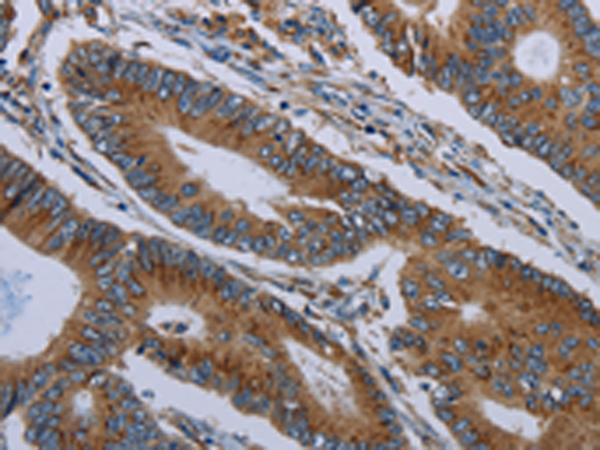 |
The image is immunohistochemistry of paraffin-embedded Human colon cancer tissue using P11771(FPR3 Antibody) at dilution 1/20. (Original magnification: ×200) |
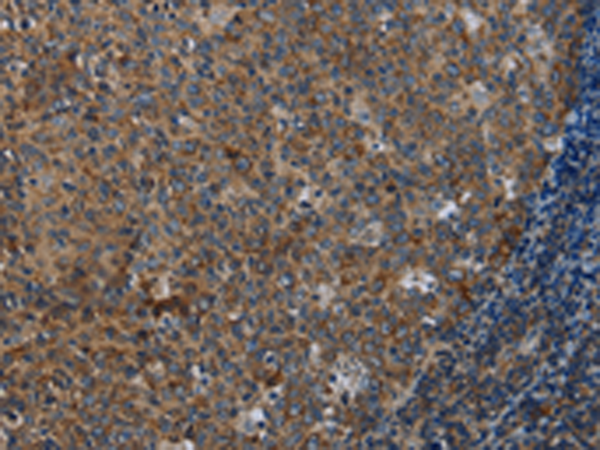 |
The image is immunohistochemistry of paraffin-embedded Human tonsil tissue using P11771(FPR3 Antibody) at dilution 1/20. (Original magnification: ×200) |
本公司的所有产品仅用于科学研究或者工业应用等非医疗目的,不可用于人类或动物的临床诊断或治疗,非药用,非食用。
暂无评论
本公司的所有产品仅用于科学研究或者工业应用等非医疗目的,不可用于人类或动物的临床诊断或治疗,非药用,非食用。
 中文
中文 
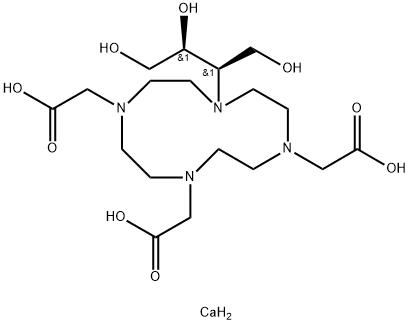
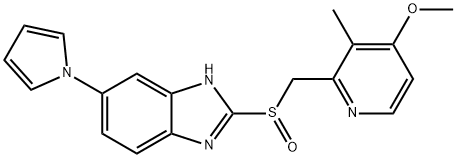


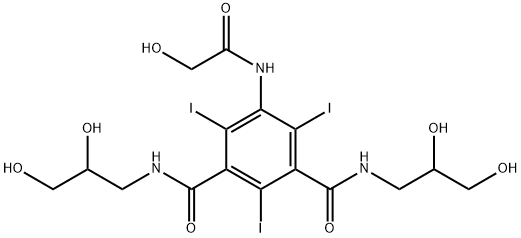



发表回复